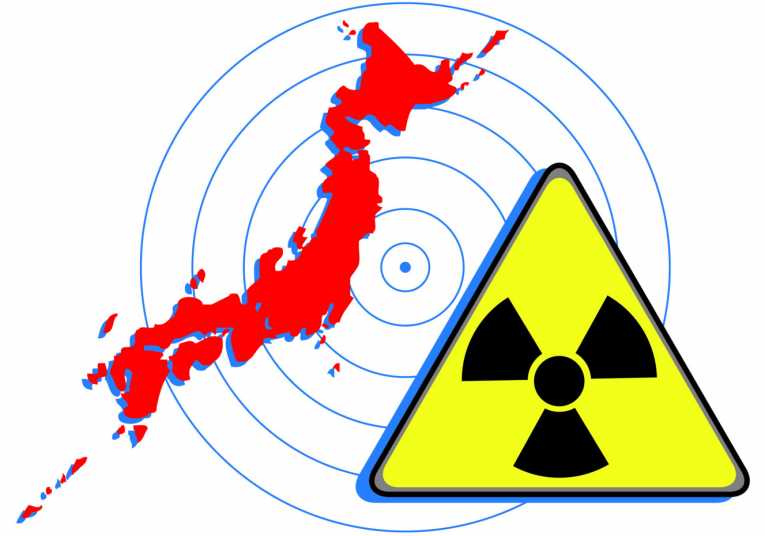Helicopters were used to dump sea water on the stricken facility and military fire engines have been used to spray water from the ground. The aim is to stop fuel rods in the power station from melting.
The disaster continues to have an affect on nuclear programmes around the world, with China being the latest country to suspend its proposed nuclear development plans.
This is the first time such techniques have been used in the history of nuclear power. If fuel rods get too hot they may release radioactivity in the environment and cooling ponds at the site are believed to be running low on water.
The resupply of electricity to the site could be crucial said a spokesman for the Tokyo Electric Power Company, which runs the site.
''If the restoration work is completed, we will be able to activate various electric pumps and pour water into reactors and pools for spent nuclear fuel,'' he said.
The American government has been asked to fly an unmanned drone over the plant to help asses the damage.
Foreign nationals are starting to leave the country and there is confusion as to where it is safe to be, with different governments issuing varying instructions to their nationals as to how far away from the reactors they consider safe. The United Kingdom today changed advice to its nationals to fall in line with advice from the United States that they stay at least 80km from the plant.
France is advising its nationals to move south of Tokyo or leave the country and the French air force flew 250 French citizens out of the country, with more planes on the way.










